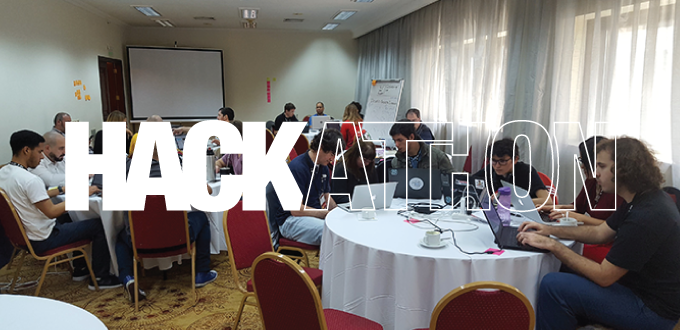First LACNIC Hackathon
31/10/2017

The weekend following the LACNIC 28 – LACNOG 2017 event saw the Hackathon organized by LACNIC and AGESIC, a space that brought together interesting challenges and participants willing to contribute to those ideas.
To be accepted, a proposal had to meet certain requirements: they had to be in line with the topics proposed by LACNIC and LACNOG and include a definition of activities and deliverables. Challenges were expected to be structured around independent modules (in the case of web applications, the classic division is decoupling front-end and back-end), so that a participant with knowledge of one area (e.g. front-end) would be able to contribute to a specific activity without the need to understand the idea as a whole. The rationale behind this requirement is that it allows maximizing the product contributed to each proposal as well as each participant’s individual contribution.
Proposed challenges were not necessarily required to include a technical component. This allowed the participation of a diverse audience and added a complementary vision to that of the technical crowd. For example, some participants were well-versed in Internet Governance processes.
In addition, a series of categories or skills were listed for each challenge so that participants could choose the project they liked the most or one which was best suited to their abilities.
Twenty-three participants of various nationalities attended the Hackathon, most of them from Uruguay. An interesting fact is that eight of these participants (34%) identified themselves as not being part of the technical community, regardless of which they were still able to make a contribution. In addition, 17% of participants were women.
Four ideas were accepted for the Hackathon:
- Modeling the Internet: This challenge proposed developing a model that would contribute to reducing technical knowledge inequalities within Internet Governance discussion scenarios. This is an example of a challenge that was open to input from non-technical participants. The proposal also included building a model that would be useful for teaching basic notions of the operation of certain protocols.
- RIPE Atlas: The goal was to obtain connectivity and DNS statistics at country level using RIPE NCC tools and services.
- API for MiLACNIC: The proposal was to develop a REST API that would offer large ISPs the ability to automatically modify their registration information and therefore simplify resource management.
- RPKI in the Neighborhood: The idea was to develop a web widget to show information about the space covered by RPKI within neighboring Autonomous Systems.
http://hackathon.dev.lacnic.net/en/index.html#rpki
On the final day of the Hackathon, a panel of judges evaluated the projects according to their degree of innovation, how much they had remained in line with the initial problem, their scope, and the quality of the oral presentations. Worth noting is the fact that a handicap was awarded to teams made up of experts specializing in the proposed topics.
The winning team was RPKI in the Neighborhood, and they were the first team to choose their prizes. The winner of the sponsorship to attend LACNIC 29 was Hernán Albano, one of the leaders of Modeling the Internet, who will present his project and its results at the next LACNIC event.
The activity was very rewarding for everyone involved: challenge leaders, participants, and organizers. Now, the organizing committee will evaluate the results of the Hackathon, identify potential improvements, and begin thinking about a future edition of the LACNIC Hackathon.
Click here to see some photos of the event.
For more information about the Hackathon: labs.ripe.net and blog.apnic.net
(Free access, no subscription required)